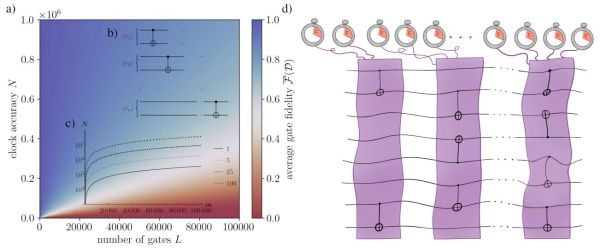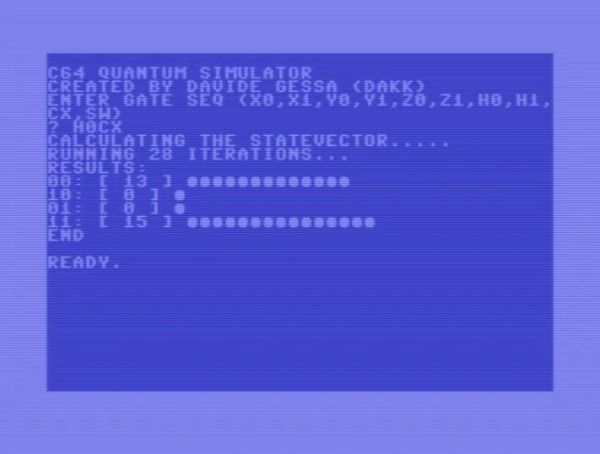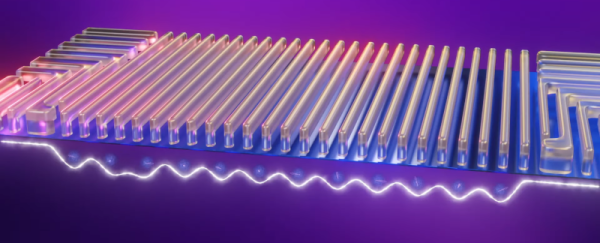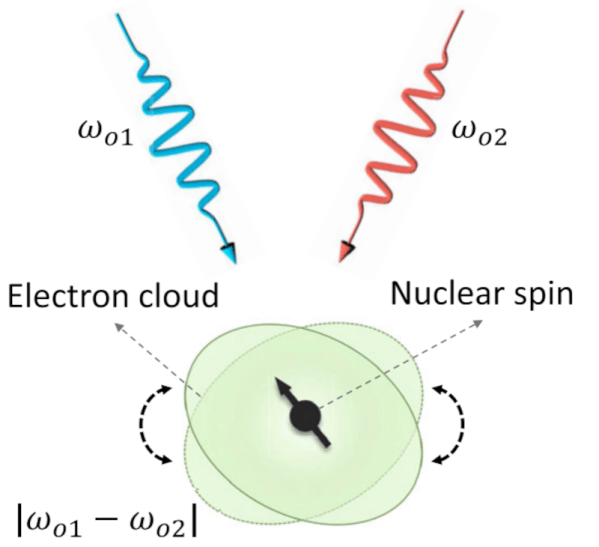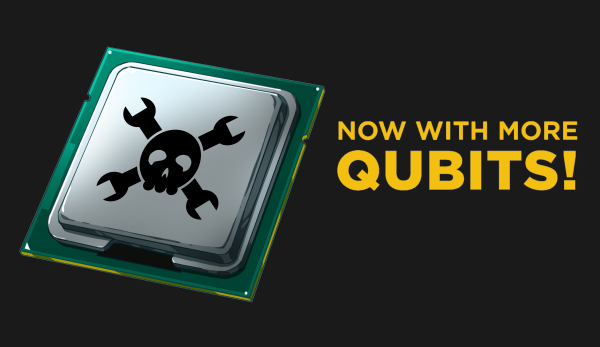In classical control theory, both open-loop and closed-loop control systems are commonly used. These systems are well understood and rather straightforward, controlling everything from washing machines to industrial equipment to the classical computing devices that make today’s society work. When trying to transfer this knowledge to the world of quantum control theory, however, many issues arise. The most pertinent ones involve closed-loop quantum control and the clocking of quantum computations. With physical limitations on the accuracy and resolution of clocks, this would set hard limits on the accuracy and speed of quantum computing.
The entire argument is covered in two letters to Physical Review Letters, by Florian Meier et al. titled Fundamental Accuracy-Resolution Trade-Off for Timekeeping Devices (Arxiv preprint), and by Jake Xuereb et al. titled Impact of Imperfect Timekeeping on Quantum Control (Arxiv preprint). The simple version is that by simply increasing the clock rate, accuracy suffers, with dephasing and other issues becoming more frequent.
Solving the riddle of closed-loop quantum control theory is a hard one, as noted by Daoyi Dong and Ian R Peterson in 2011. In their paper titled Quantum control theory and applications: A survey, the most fundamental problem with such a closed-loop quantum control system lies with aspects such as the uncertainty principle, which limits the accuracy with which properties of the system can be known.
In this regard, an accurately clocked open-loop system could work better, except that here we run into other fundamental issues. Even though this shouldn’t phase us, as with time solutions may be found to the timekeeping and other issues, it’s nonetheless part of the uncertainties that keep causing waves in quantum physics.
Top image: Impact of timekeeping error on quantum gate fidelity & independent clock dephasing (Xuereb et al., 2023)

